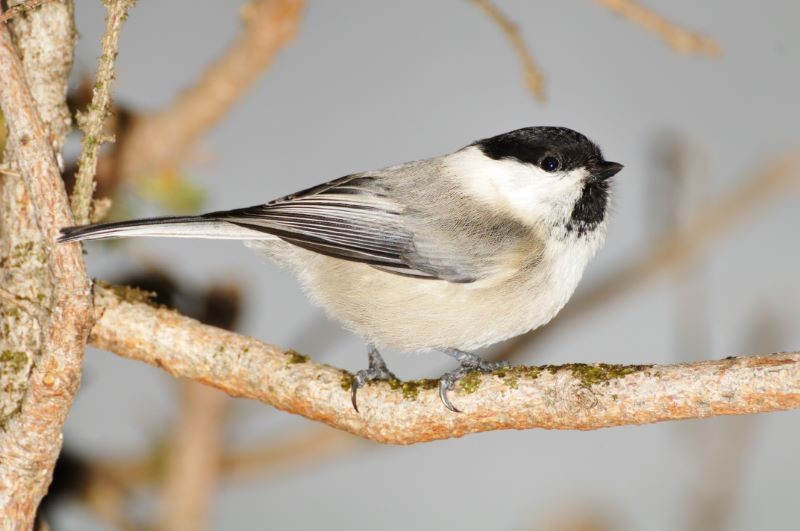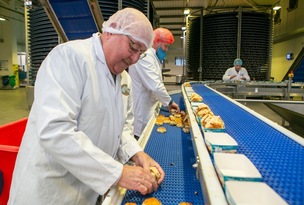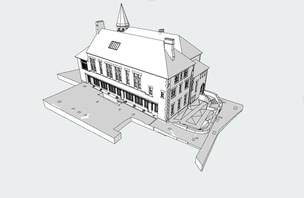A RARE bird which Barnsley has a significant population of is the focus of a national project to increase numbers.
Willow tits are one of the most threatened resident birds in the UK, but are found in areas of Barnsley and the Dearne Valley where, in 2015, 70 pairs were recorded.
The birds depend on damp willow scrub and woodland where they hollow out holes in soft deadwood to create their homes in old stumps. But much of this type of habitat has been lost through drainage and deadwood clearance, and the remaining patches of habitat are under threat from neglect.
As part of the national ‘Back from the Brink’ project, the endangered bird will benefit from habitat improvements to expand the population from existing sites in the Dearne Valley. There are 19 different projects across England aiming to save 20 species from extinction whilst benefiting 200 more.
The Willow Tit Project, led by Yorkshire Wildlife Trust and the RSPB, has funding from the National Lottery, People’s Postcode Lottery and Veolia Environmental Trust to improve habitat quality, connect key sites of willow tit populations and train local people in surveying and habitat management.
The willow tit has suffered a decline of 94 per cent since 1970 and is a ‘red list’ species, meaning it is at risk of being lost completely from the UK unless action is taken. They have been lost from previous areas in the south-east of England and are just clinging on in scattered areas across the country.
Sophie Pinder, project officer, said: “Willow tits are a really unique species. They are the only tit species known to create their own nest hole from scratch, mimicking woodpeckers in the way they chisel away at soft rotting wood. They also love the post-industrial habitats which are a feature of the Dearne Valley, favouring the young scrub which has developed along disused railways and canals.
“You could say they have grown out of the industry which put Barnsley on the map as a great coal mining town, and that makes them part of the heritage of this landscape.
“We are very lucky in Barnsley to have a decent population of one of the country’s rarest birds, but they are still very much in trouble. We are working with landowners and the public to ensure the survival of Yorkshire’s most special bird. We’ve already had sightings of willow tits reported at some of our project sites, and we hope to build on this in the future.”
Work to create the damp conditions willow tits favour has already started on some of the main sites in the borough. Tree thinning has been carried out to provide more suitable open habitat, and specialist nest boxes have been installed which allow the birds to hollow out their own hole.
Technology is also being utilised to monitor the birds’ movements. Trained individuals fit specialised rings with unique colour combinations onto the birds’ legs, which make them easy to identify. Radio tags are then fitted to some birds which can then be tracked through the landscape with an aerial receiver. All of the data will help identify key habitats used by Willow Tits, which will help the project focus its efforts in giving the bird the best possible chance.
People are encourage to send in any sightings of willow tits in the area to willowtit.bftb@gmail.com or through the website naturebftb.co.uk or social media @naturebftb.




























